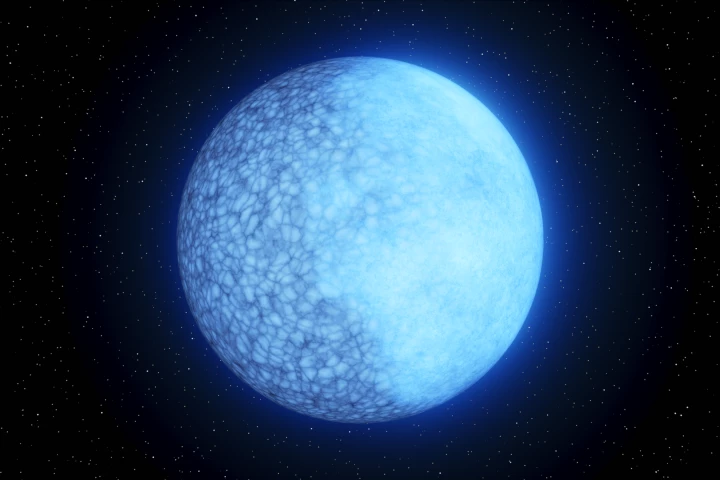Helium
-
A US startup is looking to our closest satellite to fill a resources gap here on Earth. Interlune and partner Vermeer have revealed a full-scale excavator prototype that forms a key component of its lunar resource Harvester.
-
A giant quantum vortex has been created in superfluid helium in a lab at the University of Nottingham. Its behavior was found to mimic that of black holes and may help astrophysicists gain deeper insight into these galactic gravity gobblers.
-
Google co-founder Sergey Brin quietly founded LTA Research in 2015, and its massive rigid airship prototype is preparing for its first outdoor flights, with a view to speeding up disaster response and starting zero-infrastructure cargo flights.
-
Scientists from Caltech and WHOI have found evidence that Earth’s core is leaking. High levels of a particular isotope of helium were found in lava flows in Canada, which the team proposes originated in the planet’s core.
-
Zero-emissions long-distance aviation is absolutely possible... Provided you're not in a hurry. Solar Airship One will take 20 days to fly all the way around the equator, some 40,000 km (~25,000 miles), in a single zero-emissions hop.
-
Astronomers have discovered a new type of star, which could be key to solving a cosmic mystery. This massive helium star has an ultra-strong magnetic field, meaning it could be the preliminary stage of a magnetar, which so far has unknown origins.
-
The ingredients in stars are usually pretty evenly mixed throughout, but now astronomers have discovered a bizarre star with two distinct faces, each made of a different element, which defies explanation.
-
Pierpaolo Lazzarini is no stranger to pushing the envelope when it comes to design concepts. His latest effort, the Air Yacht, is designed to travel the sea or the skies in style, buoyed by twin helium-filled airships.
-
Scientists have recreated in the lab some of the wild weather that might be found on Jupiter and Saturn. Using extremely high pressures and laser shock waves, the researchers produced helium rain which has been hypothesized to fall on these planets.
-
On August 20, an x-ray instrument on the ISS caught a bright x-ray burst from a pulsar thousands of light-years away, which released as much energy in 20 seconds as the Sun does in 10 days. Now a NASA team has outlined what they believe caused it.
-
NASA astronomers have managed to probe the atmosphere of GJ 3470 b, a planet unlike any in our solar system. It marks the first time for this kind of world, and could be a step towards identifying potentially habitable planets.
-
Astronomers have finally found the very first molecule to ever form in the universe. The helium hydride ion (HeH+) has long been a key theoretical part of how the chemistry of the cosmos kicked off. Now the first unambiguous evidence of the molecule in a planetary nebula has been found.
Load More











